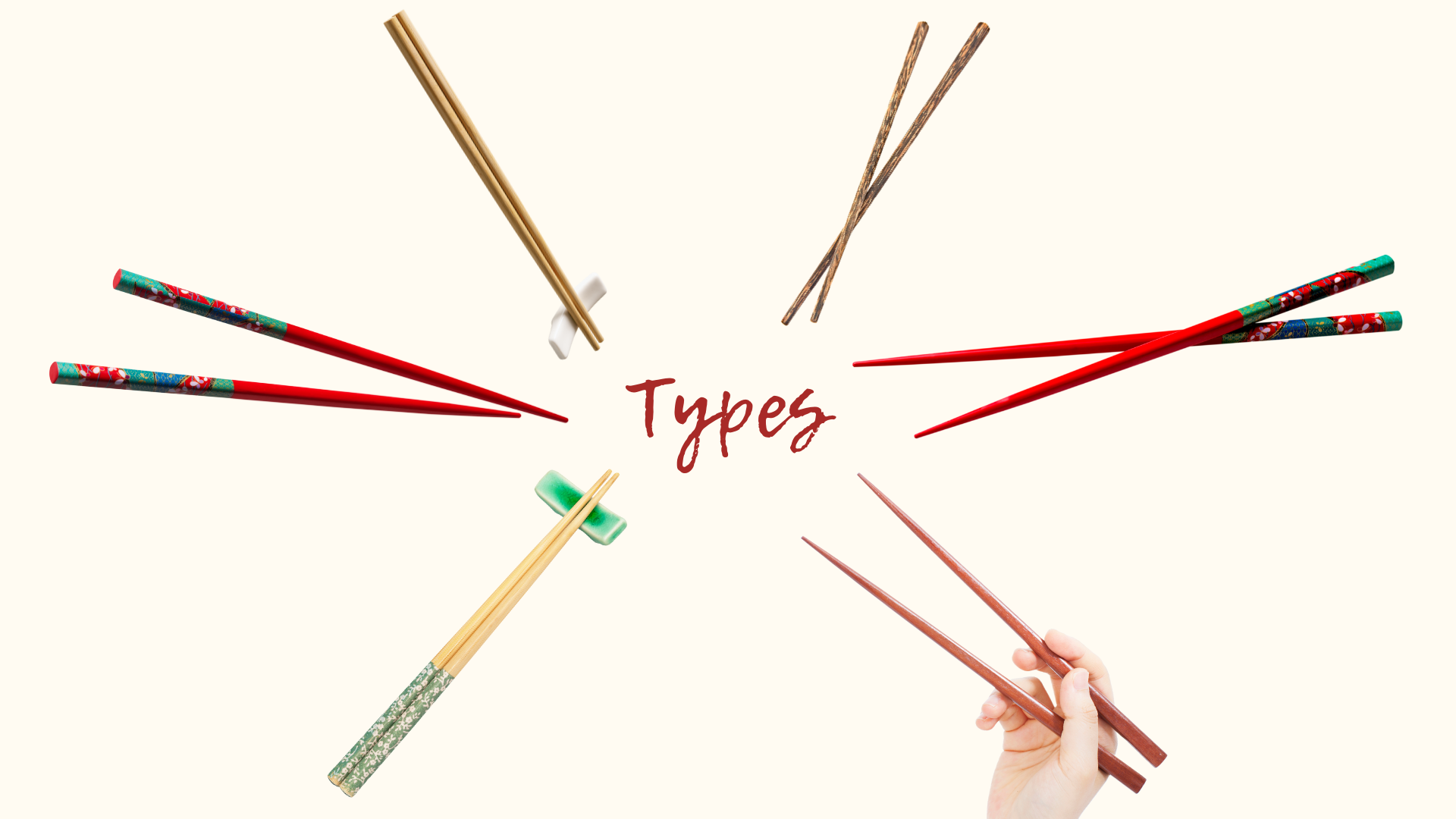Chopsticks: Small Sticks with Big Stories - Types

Chopsticks, a simple yet ingenious dining tool, have a rich history and profound cultural significance in many East Asian societies. Their evolution from primitive implements to an essential part of daily life is a fascinating journey through time and culture. This blog explores the various types of chopsticks.

As chopsticks evolved, they began to be made from various materials, such as ivory for the nobility and wood for commoners, both retaining a simple stick-like shape. With the advent of bronze during the Shang and Zhou dynasties, chopsticks began to be crafted from this new material. At this time, the aesthetic value of chopsticks became important, especially in the upper classes, leading to the creation of intricately designed pieces.

Bronze Chopstick from the Shang Dynasty (Excavated from the Sacrificial Pit at the Xibeigang Site in Anyang, Henan, China).
During the Sui and Tang dynasties, gold and silver chopsticks were introduced, although they were only accessible to high-ranking officials and the wealthy. Copper chopsticks fell out of favor due to their tendency to oxidize and produce a foul taste, while iron chopsticks were unsuitable for dining because they easily get rusted. Consequently, silver chopsticks became popular, as they were believed to detect poison by turning black in its presence. Although unscientific, this belief made silver chopsticks highly desirable.

Old ivory chopsticks with gold inlay, referred to as "old age," likely have patterns such as the God of Longevity engraved on them, symbolizing a wish for longevity for the elderly. These chopsticks are extremely precious and were only used when hosting grand banquets for distinguished guests. They were never used for everyday meals.
The design and material of chopsticks vary significantly across different cultures.
Chinese chopsticks are typically made of wood or bamboo, featuring a blunt, squared-off end and a rounded end that provides a practical grip. They are often longer, reflecting their dual use in both cooking and dining.

Japanese chopsticks, on the other hand, are usually shorter and taper to a fine point. This design is particularly suited for the Japanese diet, which includes a lot of bony fish. Traditionally made of lacquered wood, these chopsticks often feature elaborate designs and are considered both functional and decorative.

Korean chopsticks are distinctive for their material and shape. Traditionally made of metal, usually stainless steel or brass, they are flat and rectangular. This design is believed to be more hygienic and durable. The use of metal chopsticks in Korea is also thought to have royal origins, with silver chopsticks being used historically to detect poison.
